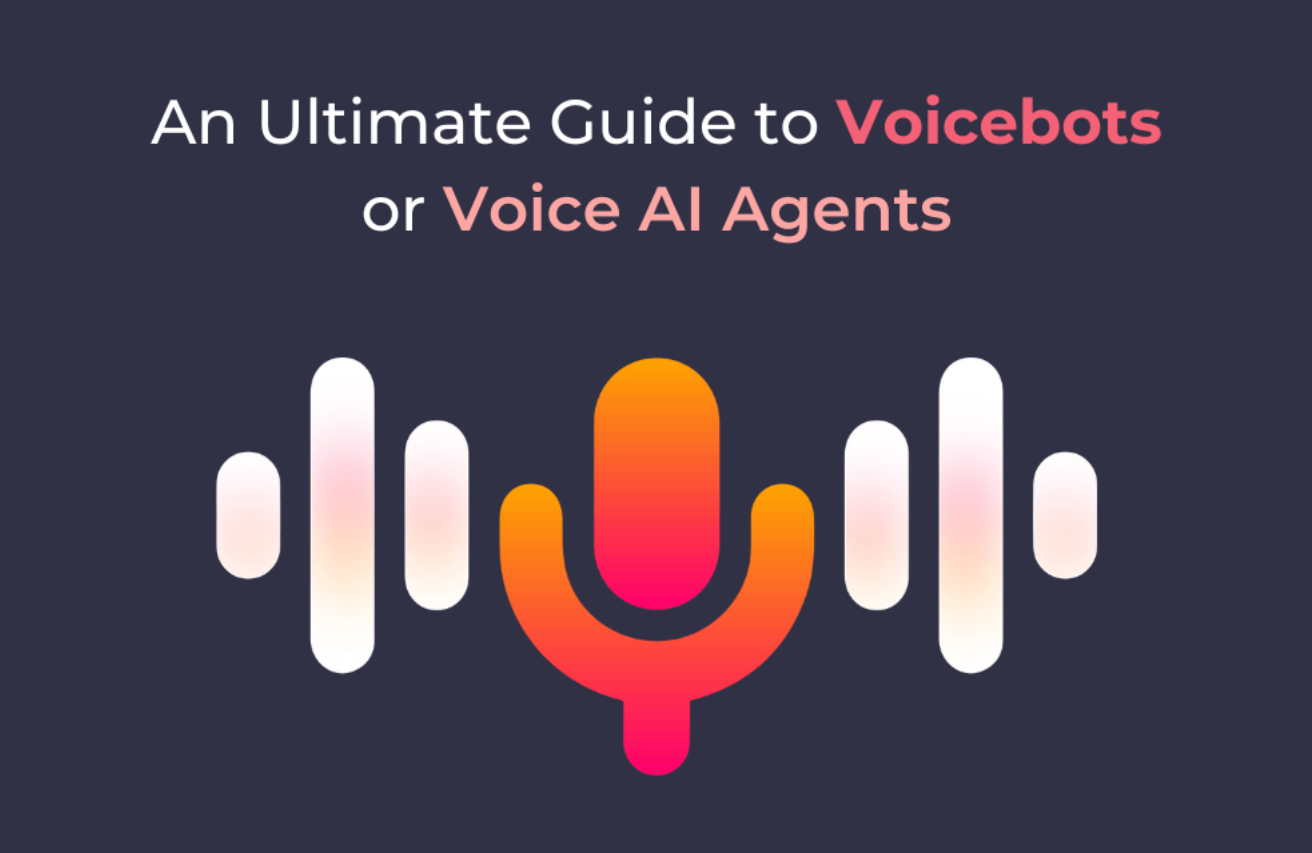
May 21, 2025
How to Create an AI Voice Agent from Scratch
How to Create an AI Voice Agent from Scratch
Have you ever wanted to create an AI voice assistant like Siri or Alexa? What if you could make your own AI-powered voice agent easily?
AI voice agents are changing technological interaction. From customer service to smart device management, they are everywhere! Why not make your own instead of using one?
I will lead you through a fun, hands-on guide to develop a basic AI voice agent. We will make it listen, understand, and reply like smart assistants. Along the process, we will develop amazing Python code. Let's s tart now!
Step 1: Setting Up Your Development Environment
Before starting, we must prepare our working environment. A few Python libraries will simplify this.
Let's install everything we need:
pip install speechrecognition transformers torch gtts pydubAfter installing these, we can make our AI listen!
Step 2: Making the AI Listen (Speech Recognition)
Let's train our AI voice agent to understand us.
First, we capture microphone's voice input using Python's speechrecognition library. So how:
import speech_recognition as sr
recognizer = sr.Recognizer()
with sr.Microphone() as source:
print("Listening...")
audio = recognizer.listen(source)
try:
text = recognizer.recognize_google(audio)
print("You said:", text)
except sr.UnknownValueError:
print("Sorry, I couldn't understand.")Run this and speak into your mic. Your AI should detect your voice and produce text if set up properly. Cool, huh?
Step 3: Understanding What We Say (NLP Processing)
First, let's make sure our AI can hear what we are saying. This is where NLP comes in.
Instead of printing your words, let a pre-trained AI model evaluate the text and identify purpose. Here's an example of how to use the transformers library from Hugging Face:
from transformers import pipeline
nlp_pipeline = pipeline("text-classification", model="distilbert-base-uncased")
user_input = "What's the weather like today?"
response = nlp_pipeline(user_input)
print(response)This code snippet classifies user input and helps our AI decide what to say.
Our AI can listen and understand, but not speak. Let's fix this in next step!
Step 4: Giving Our AI a Voice (Text-to-Speech)
Getting our AI to communicate is fun! We will use Google's gTTS to convert text into spoken words.
Here's how we do it:
from gtts import gTTS
import os
text = "Hello! How can I assist you today?"
tts = gTTS(text=text, lang='en')
tts.save("response.mp3")
os.system("start response.mp3") # Use 'mpg321 response.mp3' for LinuxRun this script, and your AI will speak! It's a small step, but it makes the whole experience feel much more real.
Step 5: Bringing It All Together
Now that we have all the building blocks, let's combine them into a fully functional AI voice agent.
Here's the complete code:
import speech_recognition as sr
from gtts import gTTS
import os
from transformers import pipeline
def ai_voice_agent():
recognizer = sr.Recognizer()
with sr.Microphone() as source:
print("Listening...")
audio = recognizer.listen(source)
try:
text = recognizer.recognize_google(audio)
print("User:", text)
nlp_pipeline = pipeline("text-classification", model="distilbert-base-uncased")
response_text = "I am your AI voice assistant. How can I help?"
tts = gTTS(text=response_text, lang='en')
tts.save("response.mp3")
os.system("start response.mp3")
except sr.UnknownValueError:
print("Could not understand the audio.")
ai_voice_agent()Running this will allow your AI voice agent to:
- Listen to your voice.
- Process and understand your query.
- Use simple NLP to respond.
- Speak back using text-to-speech.
You have created an AI-powered voice assistant!
Conclusion
Finally! You made a basic AI voice agent from scratch.
This is only the start. To enhance your assistant, consider:
- Connecting it to external APIs for weather updates, news, or smart home management.
- Using powerful NLP models for enhanced understanding.
- Improving speech synthesis with realistic voice tones.
Opportunities are limitless! So, why stop here? Change the code, try new models, and make your AI smarter.
398 views
